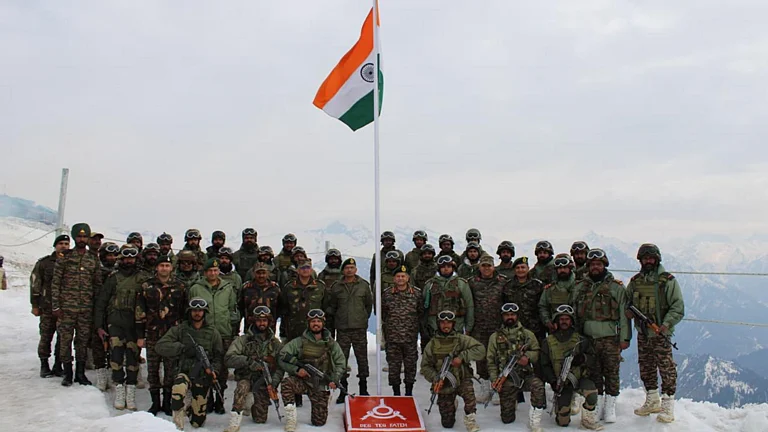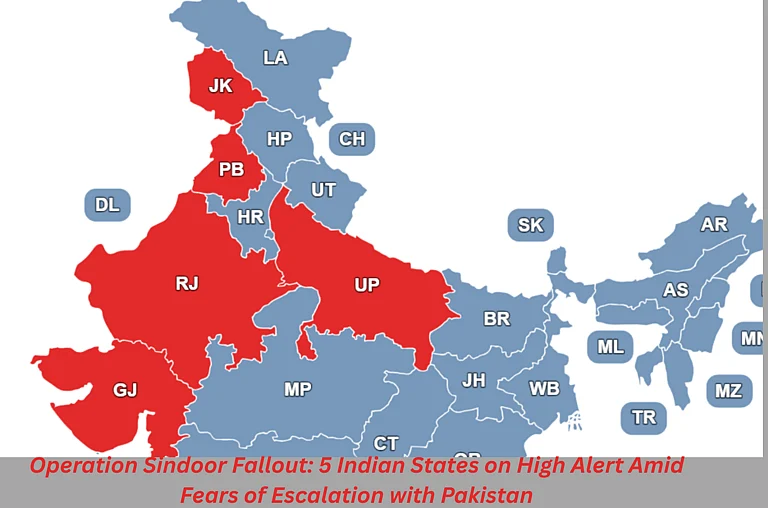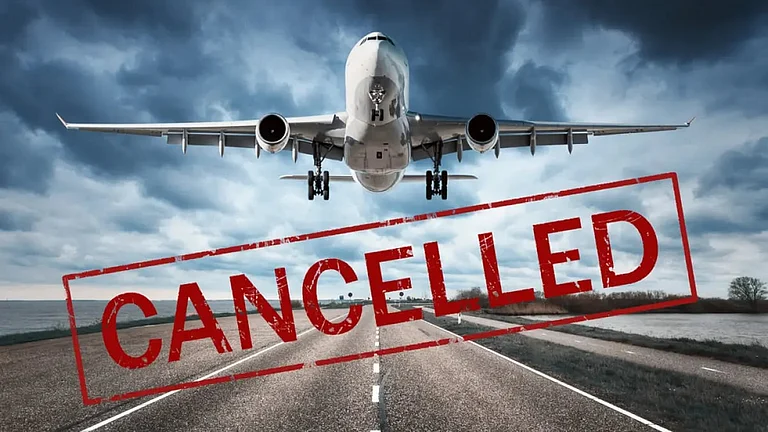India has reopened 32 airports that were closed last week amid India-Pakistan tension and threat of war. These airports were shut as a safety measure during a military standoff with Pakistan. The decision to close them came after rising tension between the two countries led to fears of escalation. The airspace around the Line of Control (LoC) and other sensitive areas was considered at risk.
32 Airports Reopened: Were Shut Amid India-Pakistan Tensions
Flight operations resume as border tensions ease and security situation stabilizes
The initial closure of 24 airports was announced on Friday, which was extended to 32 airports a day later, with a series of Notices to Airmen issued on Saturday.
Why Were the Airports Closed?
The airport closure followed a serious flare-up between India and Pakistan. The conflict began after Pakistan conducted a terror attack in Pahalgam that killed 26 Indian tourists on vacation and a Nepali citizen. This led to increased military activity across the border. Airspace in the north and north-western states touching the border of Pakistan was shut and many flights were cancelled to keep the civilians safe.
After Operation Sindoor, which was the response of India to terrorist attacks further escalated the situation. The airports were shut completely and refunds were made by the airlines along with support for contacting the airlines.
Here is the list of all the airports that were closed in India-
1. Adhampur
2. Ambala
3. Amritsar
4. Awantipur
5. Bathinda
6. Bhuj
7. Bikaner
8. Chandigarh
9. Halwara
10. Hindon
11. Jaisalmer
12. Jammu
13. Jamnagar
14. Jodhpur
15. Kandla
16. Kangra (Gaggal)
17. Keshod
18. Kishangarh
19. Kullu Manali (Bhuntar)
20. Leh
21. Ludhiana
22. Mundra
23. Naliya
24. Pathankot
25. Patiala
26. Porbandar
27. Rajkot (Hirasar)
28. Sarsawa
29. Shimla
30. Srinagar
31. Thoise
32. Uttarlai
Ceasefire and Calm Lead to Reopening
Authorities decided to resume operations after both sides observed calm along the border. The Indian Air Force confirmed that there were no incidents reported during the previous night, allowing for safer flights and commercial movement. Now that situation has de-escalated, flight services are restarting. The Indian Air Force said the situation along the border has remained peaceful for the past few days. No new incidents have been reported, which has helped authorities decide it is safe to reopen.
Major Airports Back in Service
Airports in key areas like Srinagar, Jammu, Leh, Amritsar, Chandigarh, Pathankot, and others are now operational again. Most of these are located in Jammu & Kashmir, Punjab, Himachal Pradesh, and Rajasthan. These locations are key hubs in northern and western India, particularly in areas closer to the India-Pakistan border. These regions were directly affected by the security situation and the shutdown had disrupted normal travel.
“Attention Flyers; reference notice issued for temporary closure of 32 Airports for civil Aircraft operations till 05:29 HRs of 15 May 2025. It is informed that these Airports are now available for civil Aircraft operations with immediate effect. It is recommended for travellers to check flight status directly with Airlines and monitor Airline’s websites for regular updates,” the aviation body Airport Authority of India (AAI)said in a statement. AAI also advised travellers to check flight status with the airlines and monitor the website closely for updates.
Airlines and Passengers Advised to Stay Updated
The Airports Authority of India (AAI) and the Directorate General of Civil Aviation (DGCA) have informed airlines to resume scheduled flights. However, they have also asked them to check fresh Notices to Airmen (NOTAMs), as some changes in air routes may still be in place. Passengers are advised to check flight status before heading to the airport, since flight schedules may take time to return to normal.
Tensions De-escalate After Diplomatic Efforts
The closures were put in place during a period of uncertainty and elevated risk, but recent diplomatic and military communication has led to reduced hostilities. This has paved the way for restoration of civilian air services. Though the airspace is open again, officials remain alert. Military surveillance and air patrols continue as a precaution. The reopening is a sign of improved conditions, but security forces are still on standby.


